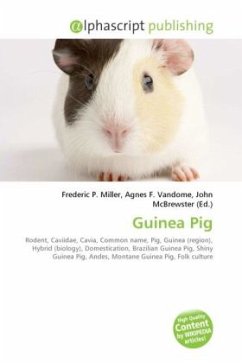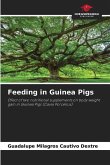The guinea pig (Cavia porcellus ), also commonly called the Cavy , is a species of rodent belonging to the family Caviidae and the genus Cavia . Despite their common name, these animals are not pigs, nor do they come from Guinea. They originated in the Andes, and studies based on biochemistry and hybridization suggest they are domesticated descendants of a closely related species of cavy such as Cavia aperea , C. fulgida , or C. tschudii , and therefore do not exist naturally in the wild. The guinea pig plays an important role in the folk culture of many Indigenous South American groups, especially as a food source, but also in folk medicine and in community religious ceremonies. Since the 1960s, efforts have been made to increase consumption of the animal outside South America. In Western societies, the guinea pig has enjoyed widespread popularity as a household pet since its introduction by European traders in the 16th century. Their docile nature, their responsiveness to handling and feeding, and the relative ease of caring for them, continue to make the guinea pig a popular pet.
Bitte wählen Sie Ihr Anliegen aus.
Rechnungen
Retourenschein anfordern
Bestellstatus
Storno








